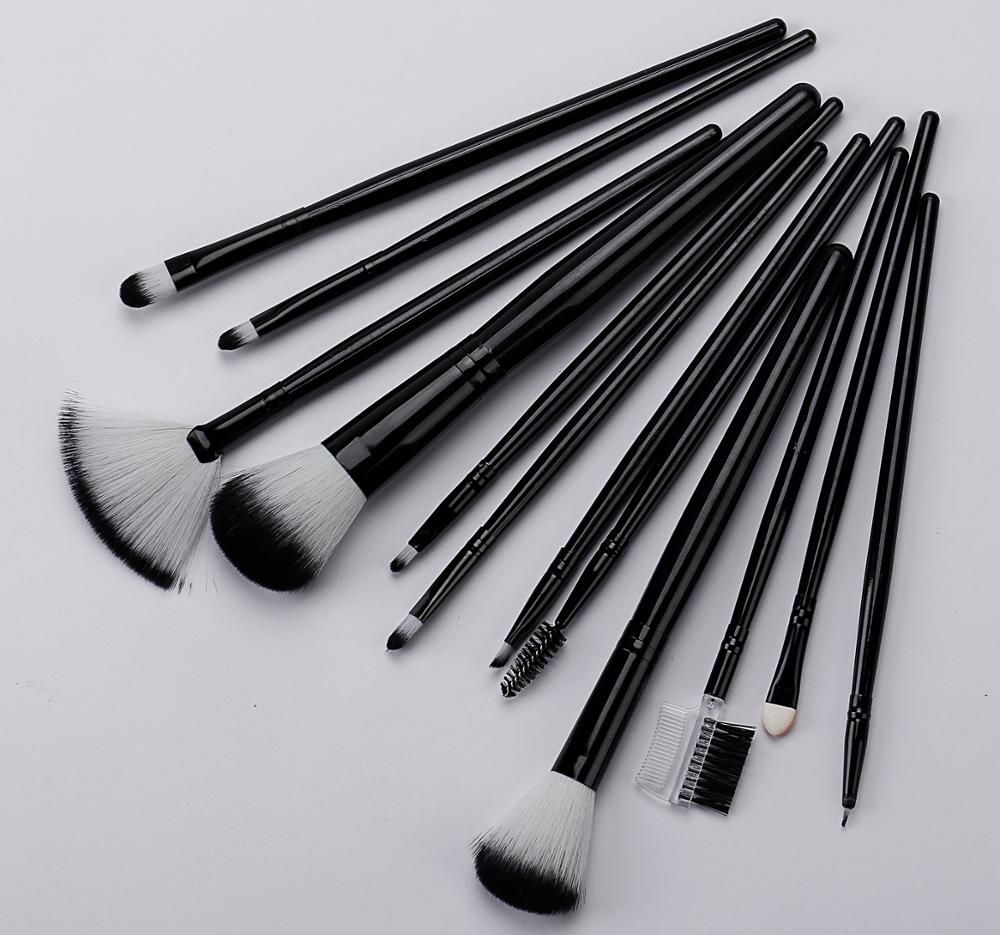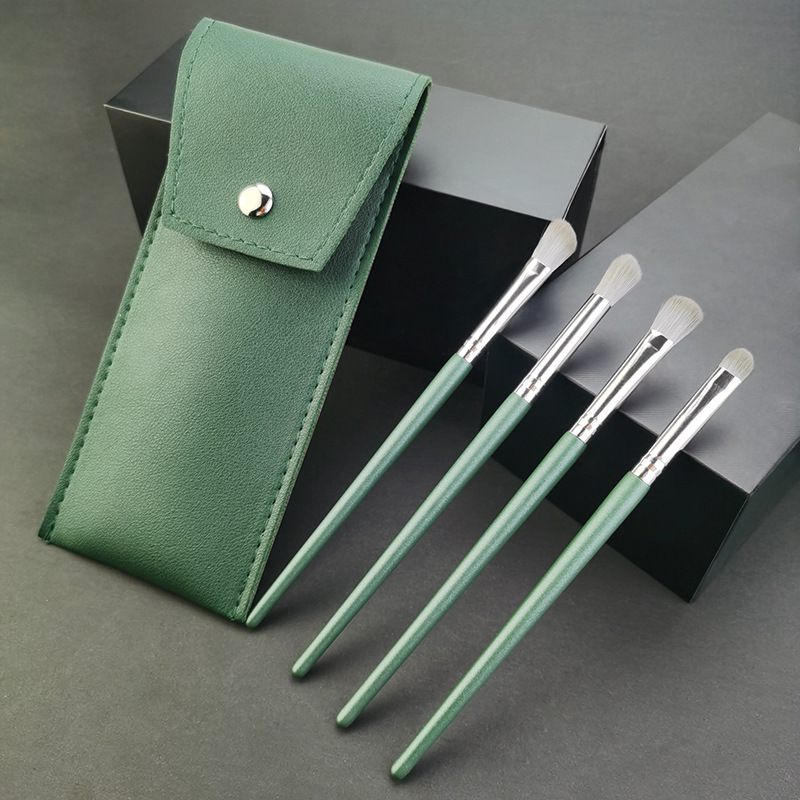Industry news
Sustainable Bristle Development: Bio-Based Polymers Derived from Corn Starch Gain Traction
- 213 Views
- 2025-09-06 01:32:22
Sustainable Bristle Development: Corn Starch Bio-Based Polymers Gain Traction
The beauty industry is at a crossroads—between performance and sustainability. For decades, cosmetic brushes have relied on synthetic bristles made from petroleum-based plastics like nylon and polyester, prized for their durability and softness. Yet, these materials come with a heavy environmental cost: non-biodegradable, they contribute to microplastic pollution as they wear, and their production depletes fossil fuels. As consumers and brands prioritize eco-conscious practices, the search for sustainable alternatives has intensified. Enter corn starch bio-based polymers—a renewable, biodegradable solution gaining momentum in sustainable bristle development.
Corn starch, a abundant and renewable resource, forms the backbone of these innovative polymers. Derived from corn kernels, the starch undergoes chemical modification to create a polymer matrix that mimics the properties of traditional plastics but with a significantly lower environmental footprint. Unlike petroleum-based materials, corn starch is plant-derived, reducing reliance on finite fossil fuels and cutting carbon emissions during production. More critically, these polymers are biodegradable: under industrial composting conditions, they break down into water, carbon dioxide, and biomass within 6–12 months, eliminating long-term landfill waste and microplastic leakage.
Performance-wise, corn starch bio-based bristles are proving their mettle. Early formulations faced challenges—brittleness or sensitivity to moisture—but advancements in polymer blending have addressed these issues. By combining corn starch polymers with other bio-based materials like polylactic acid (PLA) or polyhydroxyalkanoates (PHA), manufacturers have enhanced bristle flexibility, durability, and water resistance. Tests show these blended bristles match traditional nylon in softness, making them ideal for applying powders, creams, and liquids without compromising makeup precision.

The industry is taking notice. Small-batch sustainable beauty brands have already launched corn starch bristle brushes, marketing them as “zero-waste” or “compostable” options. Larger manufacturers, too, are investing in R&D, scaling production to meet growing demand. A key driver is regulatory pressure: the EU’s Single-Use Plastics Directive and California’s microplastic restrictions are pushing brands to phase out non-biodegradable components, accelerating adoption of bio-based alternatives.
Challenges remain, primarily cost. Corn starch polymers currently cost 15–20% more than nylon, due to smaller production volumes and specialized processing. However, as demand rises and manufacturing scales, prices are projected to fall. Innovations like enzymatic degradation boosters and crop optimization (using non-food corn varieties) are also reducing costs while improving sustainability.
Looking ahead, corn starch bio-based polymers are poised to redefine the bristle market. With consumers increasingly prioritizing “clean beauty” that extends to packaging and tools, and brands racing to meet ESG targets, these materials offer a win-win: performance that satisfies makeup enthusiasts and a lifecycle that aligns with planetary health. As technology advances, we may soon see corn starch bristles become the industry standard—proof that sustainability and innovation can brush shoulders, quite literally.













